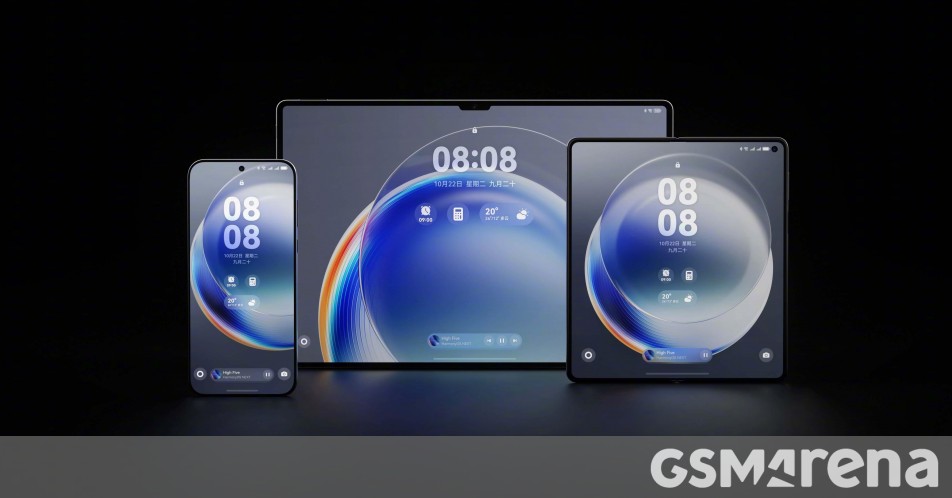Huawei marks a new chapter in its history with the official release of HarmonyOS Next. This will be Huawei’s first operating system built independently from the Android and Linux kernels as it aims to migrate devices entirely to its own OS.

HarmonyOS Next is currently scheduled to arrive on current and future generations of Huawei devices in China, but a global release was previously confirmed. Works with a wide range of devices, from smartphones to wearables, smart home devices, and car cockpits.
HarmonyOS Next uses an in-house developed microkernel based on the OpenHarmony open source core. It supports apps through the Huawei Ark compiler with Huawei Mobile Services (HMS) and promises seamless integration architecture between HarmonyOS Next devices, clouds, and interconnectivity between different device form factors.

Richard Yu, Chairman of Huawei Consumer Business Group, announced that 15,000 apps and services are currently part of the HarmonyOS Next ecosystem, with more planned. We also learned that previous versions of HarmonyOS are currently running on over 1 billion devices worldwide. This number includes smartphones, tablets, smart wearables, smart homes, and in-vehicle infotainment systems.

HarmonyOS Next comes with an updated visual identity with new lock screen and home screen customization options, a redesigned Control Center, faster animations, and app launch speeds. There are great AI capabilities on deck, leveraging system-level AI based on Pangu’s large-scale language models.

Huawei also succeeded in improving the device’s fluency in communication between software modules by 30% and reducing power consumption by 20%. Huawei Share 2.0 promises seamless connectivity and file sharing between devices. Huawei says you can transfer a 1.2 GB file between two HarmonyOS Next devices in just 8 seconds.
When it comes to security, HarmonyOS Next introduces the homegrown Star Shield architecture with system-level protection.
Huawei is seeding a public beta version of HarmonyOS Next to users in China. The list of supported devices includes Pura 70 Series, Huawei Pocket 2, and MatePad Pro 11 (2024).
sauce (in Chinese)


